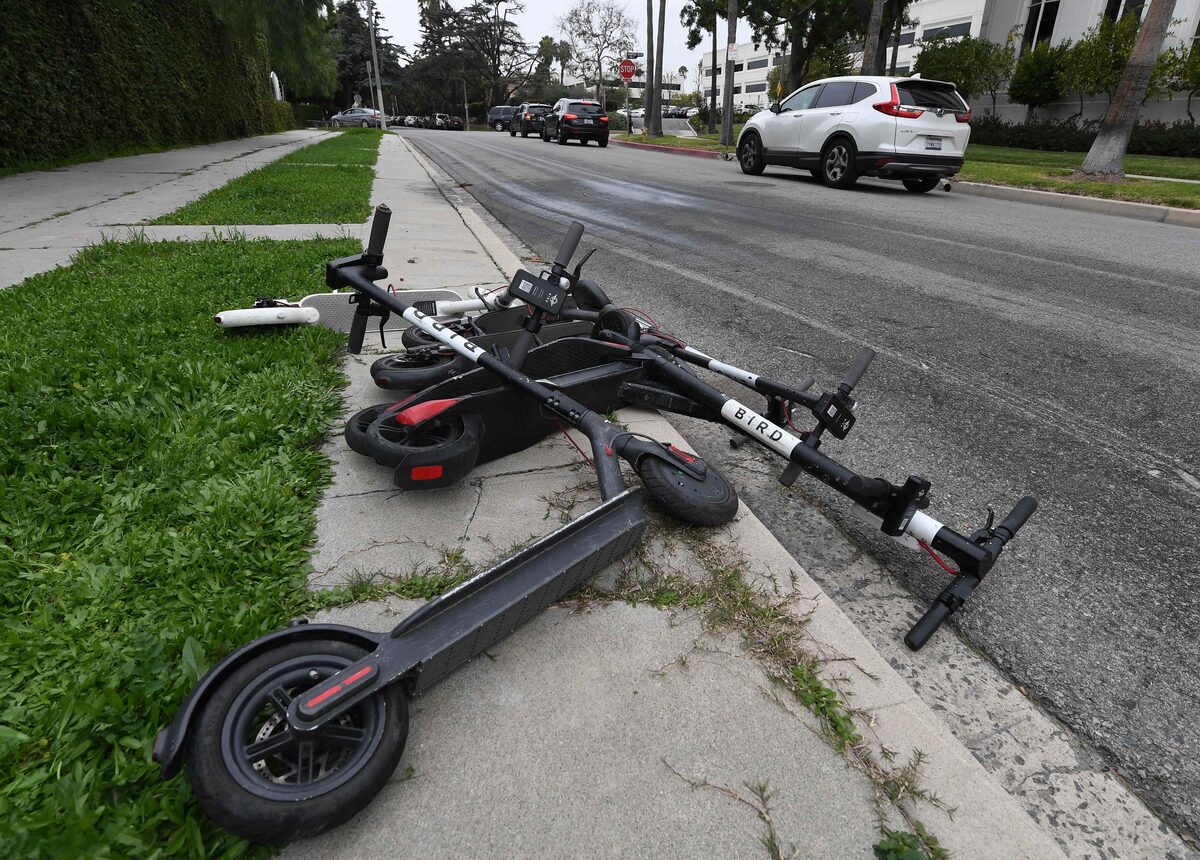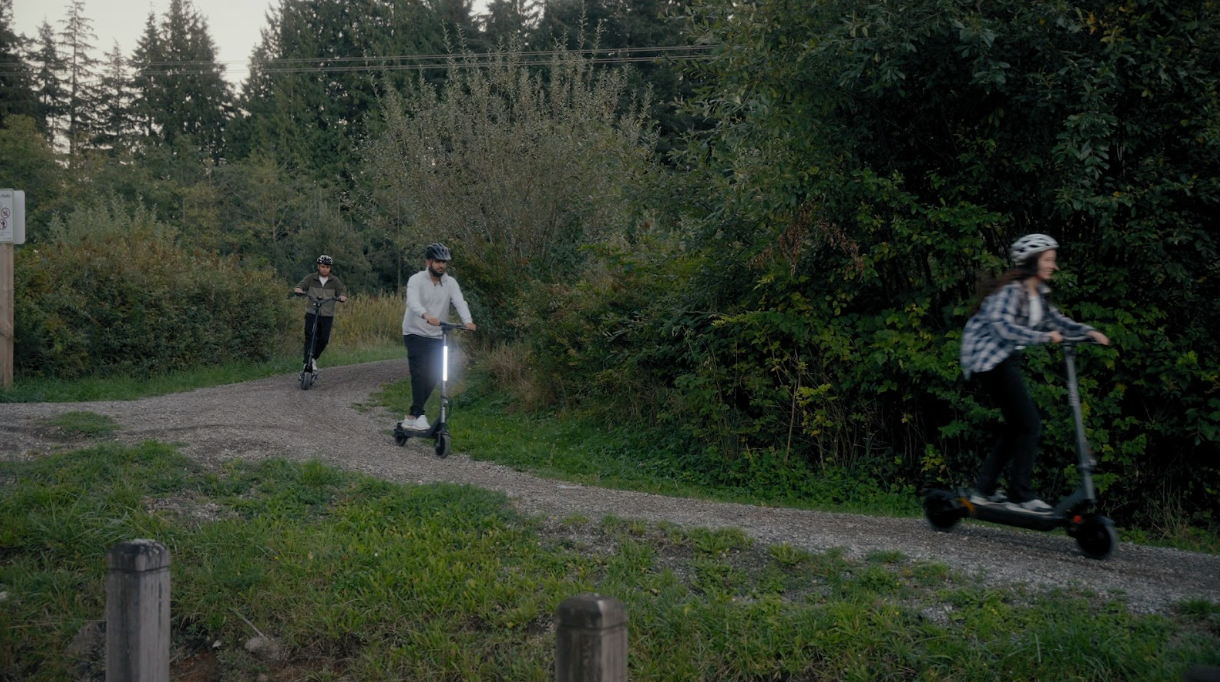Urban mobility is rapidly evolving, and electric scooters are at the heart of this shift. For many riders, they have become a go-to option for daily commuting—fast, affordable, and convenient. In fact, recent studies show that commuting is one of the primary uses of scooters in major cities, highlighting their growing role in everyday travel.
As more people embrace this environmentally friendly mode of transportation, cities face new challenges—particularly when it comes to e scooter parking. Without organized systems, improper parking can create safety hazards, accessibility issues, and friction between riders, pedestrians, and city planners. This article explores the challenges, current approaches, and innovative solutions for better scooter parking in urban spaces.
Why E-Scooter Parking Has Become a Challenge
The rise of electric scooters was sudden and extremely rapid. It has been a surprise to many people - most likely governments as well - how quickly e-scooter riding has been adopted by the citizens. This has resulted in a slower development of proper urban infrastructure and a negative view on scooters. With lack of designated parking, riders are forced to leave scooters on sidewalks, - and often - blocking pedestrian pathways, or park them in locations that could be inappropriate. The result? Complaints about clutter, tripping hazards, and accessibility barriers—especially for individuals with disabilities.
Common Parking Problems Faced by Cities & Citizens
E-scooters have many positive aspects, such as helping reduce traffic, air pollutants, give back some time to rides and enjoyment. They free up space from the roads and they are a good and affordable transport for those who may not be able to afford a car. Unfortunately, with a lack of infrastructure, they also create negative noise. Here are some of the problems currently faced:

-
Sidewalk clutter: This issue is mostly related to rental dockless e-scooters; simply because this model allows riders to park their scooters everywhere without restrictions
Solution: While this was the main way to get access to rental scooters in the beginning, many cities have banned this type of program, limiting shared e-scooters to dock e-scooters. This way, riders have to park in a designated area in a neat & organized manner. This is a win-win for riders, citizens, and businesses- this reduces the total number of damaged or stolen scooters. -
Blocking bike racks: With a lack of designated parking spots, riders have to improvise and most of the time end up using bike racks, limiting availability for cyclists.
Solution: Well, the solution is simple, dedicated parking spots. Unfortunately it’s not as fast to implement. So this is still work in progress, but we’ve started seeing it more and more. -
Improper parking on private property: Scooters parked in driveways or business entrances cause frustration. However, we must recognize that this is not strictly related to scooters; cyclists, motorcyclists, and sometimes even cars.
-
Theft and vandalism: Electric scooters, due to their higher cost compared to bicycles, present unique challenges in terms of theft and vandalism. Their size often prevents them from being stored inside properties, making them more vulnerable as they are harder to secure effectively outdoors.
Current Approaches to Managing E-Scooter Parking
Wrongful scooter parking has created chaos in cities - for which cities have started experimenting with different strategies to try to address these problems:

-
Painted parking zones: Clearly marked areas on sidewalks for e scooter parking, located in right locations to avoid traffic or pedestrian disturbance.
-
Bike rack integration: Determining which bike racks can be used by scooters too.
-
Geofencing technology: For shared e-scooters - apps now have geofencing to restrict riders from ending trips outside a delimited area.
-
Fines for improper parking: Enforcement through local regulations to deter bad behavior.
Benefits of Organized E-Scooter Parking
Organized e-scooter parking offers numerous advantages for all stakeholders. Pedestrians benefit from unobstructed movement, while riders experience easier and more convenient parking. Businesses gain from a positive image that fosters growth, and cities advance their goals of sustainability. We have identified several key benefits:
-
Enhanced Safety: Designated parking areas significantly reduce hazards such as tripping and accidents involving vehicles.
-
Improved Accessibility: Clearly marked parking spots ensure compliance with ADA standards and facilitate seamless mobility for all users.
-
Optimized Urban Mobility: Integrating e-scooters with public transit becomes more efficient by strategically placing drop-off and parking spots near bus and subway stations, without obstructing them.
-
Reduced Theft: Placing designated parking stations in highly visible locations acts as a strong deterrent to theft, making it easier to secure scooters.
-
Sustainable Business Growth: A positive perception among potential riders and within the community fosters sustained business growth and prevents companies from being forced out of operation.
The Role of Policy and Regulation
Effective local regulations are crucial for managing e-scooter parking. Without clear guidelines, riders may park indiscriminately, sometimes due to a lack of alternatives like bike racks. Cities must establish regulations and invest in infrastructure to encourage responsible rider behavior and foster cooperation with pedestrians and residents, thereby reducing conflict.
For this reason, municipalities have started working more closely with shared e-scooter companies - to ensure shared responsibility and accountability.
Conclusion: Building Smarter Parking Systems
Electric scooters, popular since 2019, have significantly impacted urban mobility. While mostly positive, their rapid adoption has presented challenges, notably scooter parking.
To address this, cities can integrate technology, urban planning, and well-considered local regulations. This approach enables the creation of parking systems that promote sustainable mobility, enhance accessibility, and ensure street safety. The outcome is cleaner, more efficient, and more environmentally friendly cities where e-scooters effectively supplement public transportation.






